| This Fall I had intended to take another bronzecasting class at Maine College of Art, but when that class was canceled, I opted to take a class in Silicone Moldmaking. This class included the use of a technique that was new to me ... the utilization of a "pressure pot" to cure and "de-bubble" both the silicone mold itself, and the polyurethane resin that would be used to make the casting. |
*Note: Moldstar 16 Fast & Smooth-Cast 305 are both products of the Smooth-On Company.
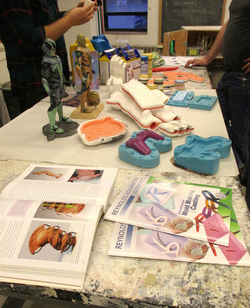

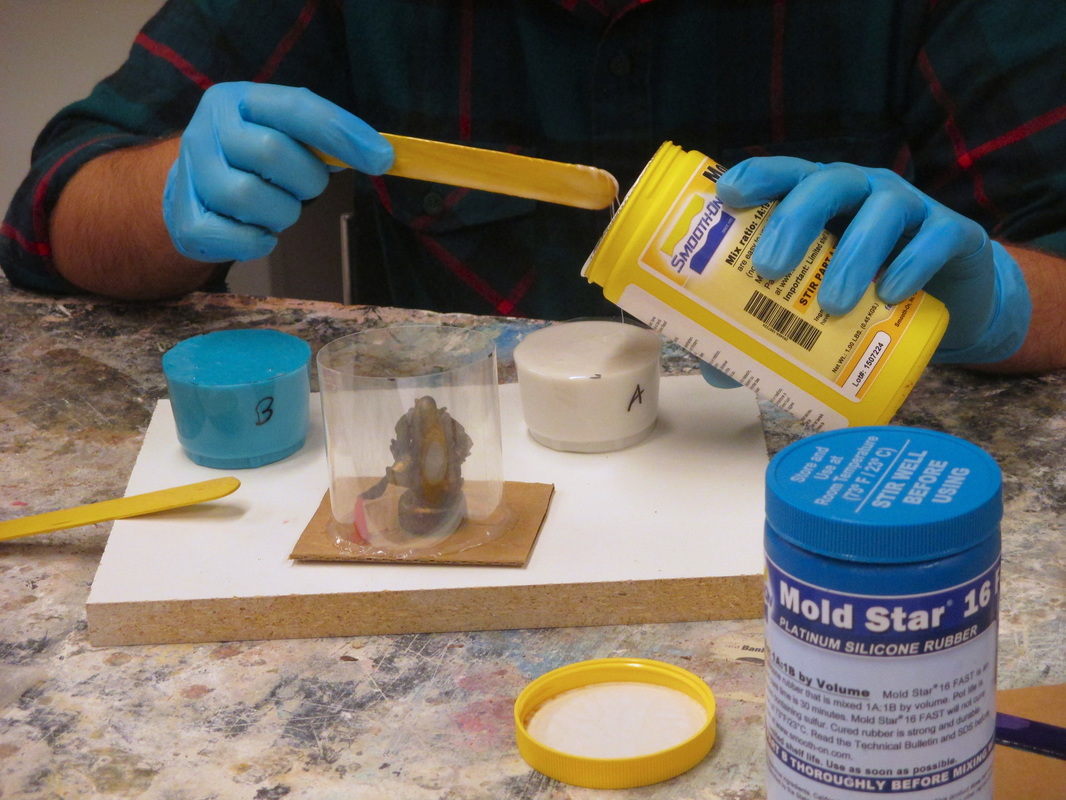
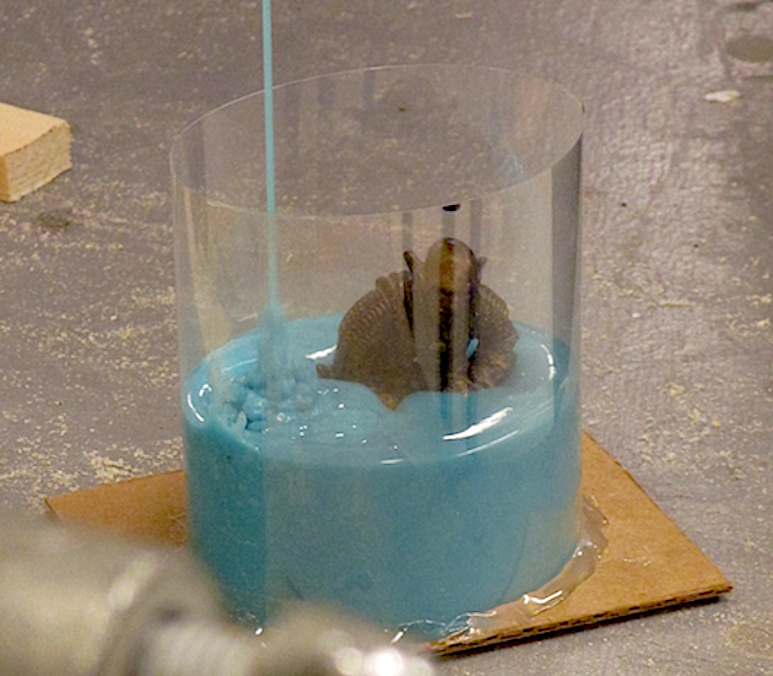
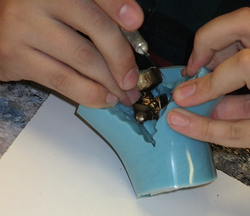
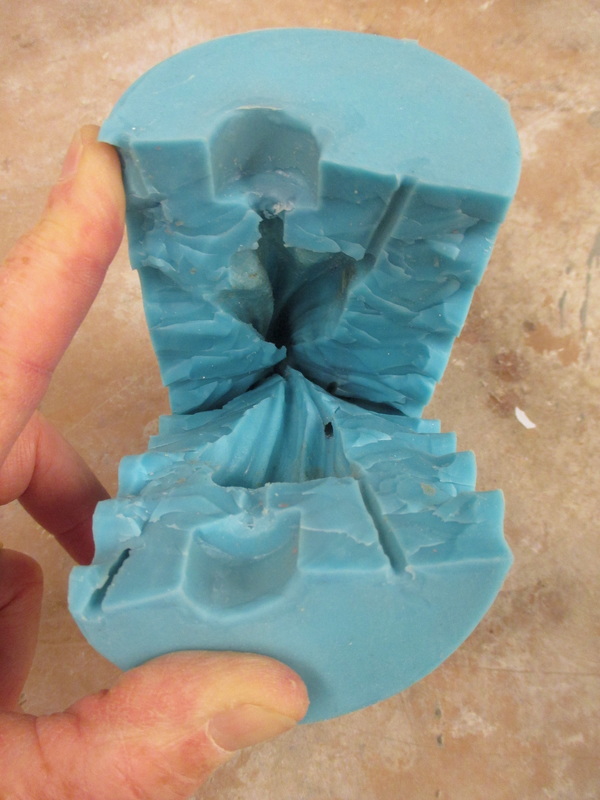
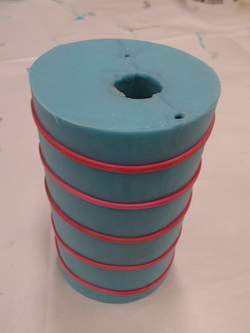
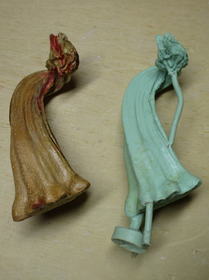
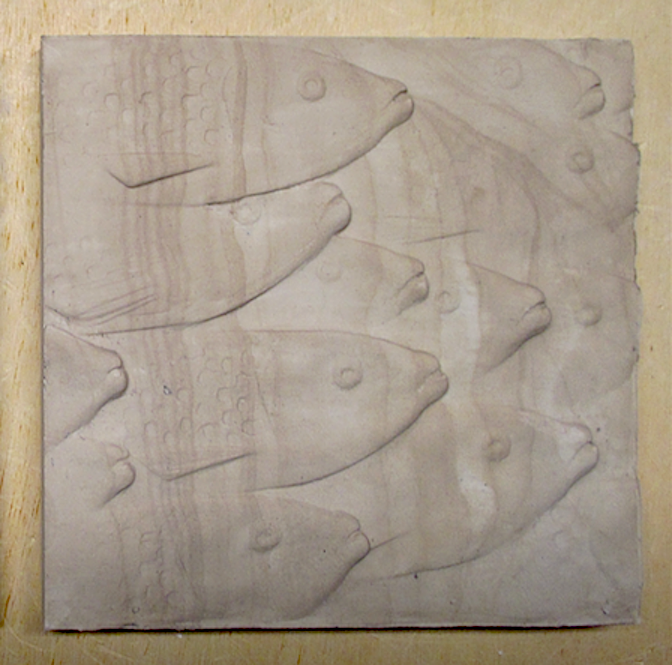
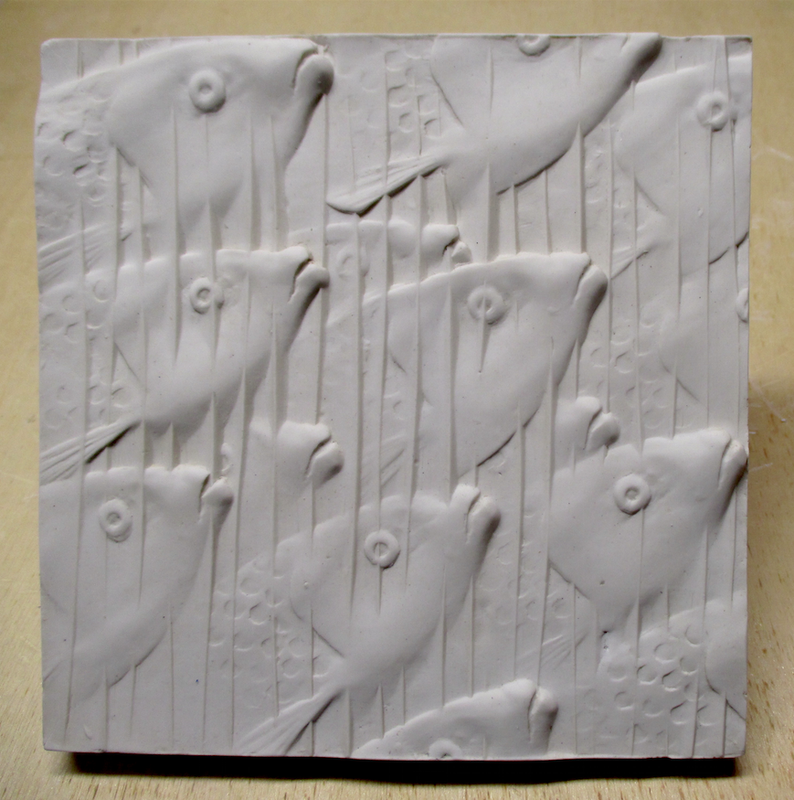
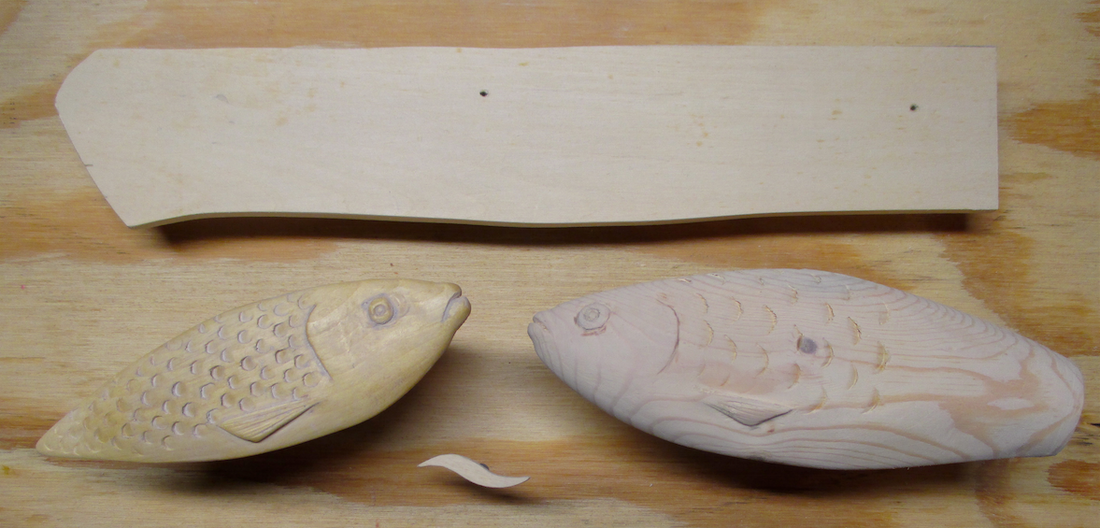

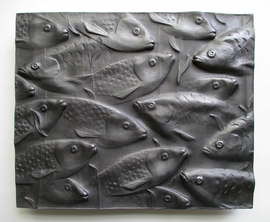
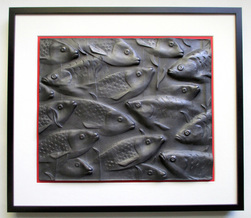
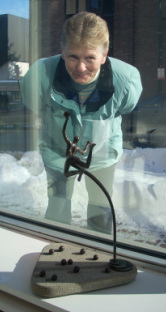
 RSS Feed
RSS Feed